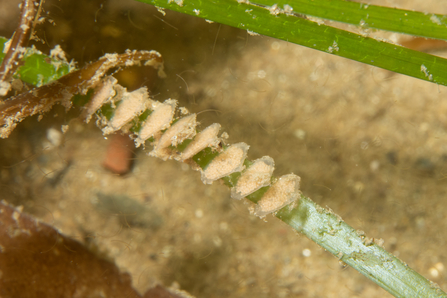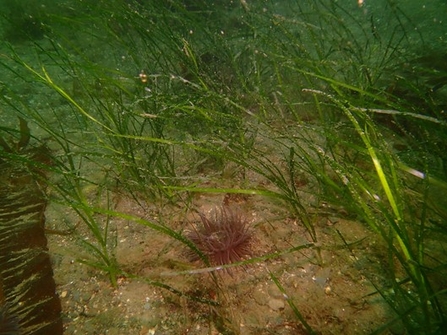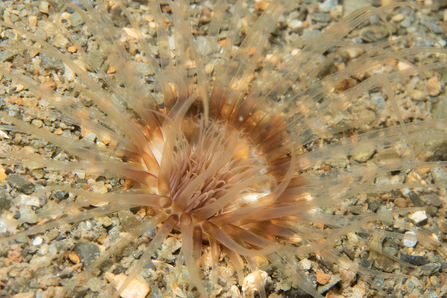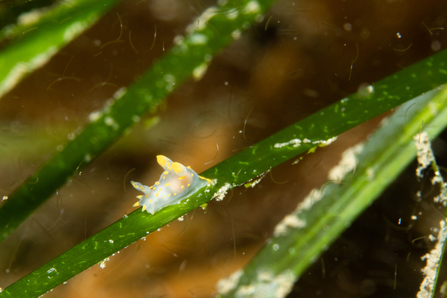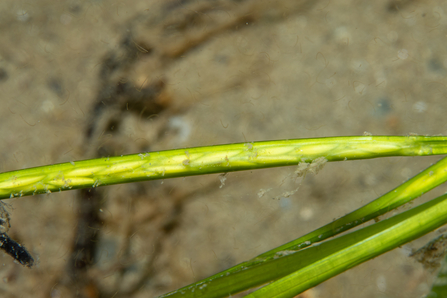
Seagrass leaves
On Monday 14th June MWT staff and Seasearch divers headed out to survey a potential seagrass site. Around 3 years ago a local diver reported seeing seagrass in Bulgham bay so we went to confirm it was there, that it hadn’t been lost and try to get a better understanding of the size of the bed.

